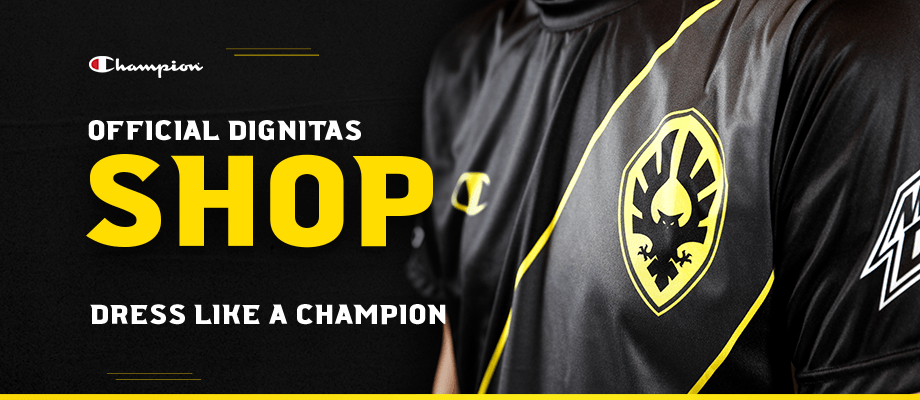Breaking Down the Types of Mages in Smite
Analyzing the various archetypes of the Mage class in Smite.
Analyzing the various archetypes of the Mage class in Smite.
The Mage Class in Smite is very large. Mages can fill a variety of niches in the game and can be played in any role if you pick the right one. Today, we will be analyzing and breaking down the different categories of Mages in Smite. Most Mages are defined by how they deal their damage and the itemization paths that are commonly used. Many Mages can fit within multiple categories because they can utilize different playstyles. This article will list the different archetypes of the Mage class and how these roles and gods play within a game of Smite.
The classic Mage in fantasy annihilates their enemies with just one cast or a couple of spells. In Smite, this is a burst Mage. Most Mages in Smite can qualify as a burst Mage because they build full damage items can kill an enemy with a rotation of skills by the late game. Scylla is the premier example of a burst Mage because her ultimate has the potential to one-shot gods with enough itemization. Her Sic ‘Em and Crush spells also deal incredible damage and remove large percents of health bars. Not every god needs to be Scylla to be a burst Mage.
A burst Mage typically unloads their damaging abilities in a fight and hopes for kills. Individual skills can also start to chunk opponents and plenty of Mages can deal over 1000 damage with their ultimate in the late game. With their great damage, many Mages have poor or no escape tools and have to use their damage to peel when they get caught out. A burst Mage is often just dead if they enemy jungler jumps on them after the caster unloads their kit on someone else.
A section of burst Mages like to stand in the far back line and throw out their damage from a safe distance. Thoth is the best and most extreme example of an artillery Mage. With his Glyph of Pain, he can damage or even kill without threat of retaliation.
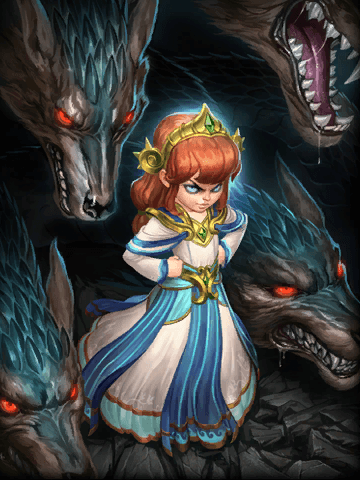
Scylla can deal massive damage with each of her abilities.
Not every damage-based Mage immediately kills people with a combo. Some Mages deal their damage spread out over time. Gods like Kukulkan and Anubis might not have the fastest abilities, but each cast can still do incredible damage when allowed to fully channel. Damage over time (DOT) Mages greatly benefit from Spear of the Magus, as their ticking or low cooldown abilities stack it up and power themselves up.
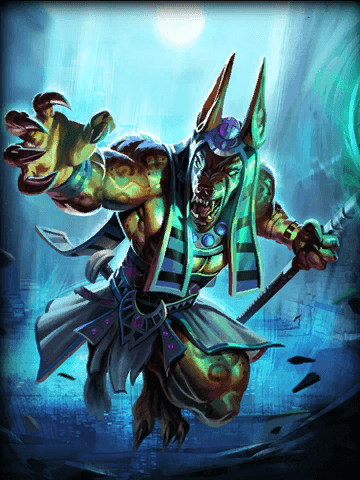
Anubis deals his damage over several seconds.
Control Mages are the other historic type of Mage. Control Mages use utility and crowd control instead of raw damage to dominate fights. Isis is the best example of a control Mage because she has a lot of CC and a zoning ultimate. Isis can’t blow up an enemy as quickly as a Scylla, for example, but she can disrupt and lock down enemies long enough for her team to kill them.
Control Mages often use their CC to punish out of position enemies or to peel from engages whereas damage-focused Mages have to throw out their damage and pray. When given a lead, most any Mage can kill enemies because they scale with items and power so well, but control Mages can bring a lot to their team even when behind.
In Smite, there is some grey area between burst and control mages. Often this comes down to playstyle and execution. For example, Poseidon can do massive damage with his Kraken combo, but can also create a no-go space with Whirlpool, especially if he builds Gem of Isolation. This itemization allows Poseidon to lock out an area of the map and threaten big damage if enemies walk in. It can also be used to slow and cripple opponents, allowing Poseidon’s team to make quick work of anyone without Relics. Items like Gem of Isolation and Ethereal Staff reduce the damage of a god’s full combo but have large impact over several longer periods of time, especially on Mages with damage over time abilities.
Janus is a special type of control Mage and showcases the overlap between burst and control Mages. Janus can manipulate the map with his portals and grants his team unparalleled mobility. At the same time, he has the potential to one-shot a squishy character with a combo.
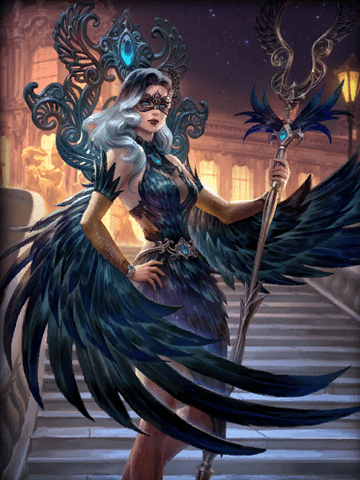
Isis embodies what it means to be a control Mage.
Some mages run around the battlefield as tanky nuisances. Hades and Zhong Kui have protections baked into their kits and work well in this role. Both gods can be used in the solo lane and build more health and protections to be extra survivable. There they take on the mantles of divers and disruptors. These gods can also be played in the mid lane, where they are still tankier than other Mages while building straight damage.
Baron Samedi is a control Mage, but he is often played in the solo or support positions. The Baron is only naturally tanky in his ultimate, but he builds enough protections to be durable and survive fights while being annoying to the enemy team, debuffing them and healing his allies. Other Mages can be built with tank items and act as bruisers. Many of these are played in the solo lane and are able to thrive in the front lines of a fight.
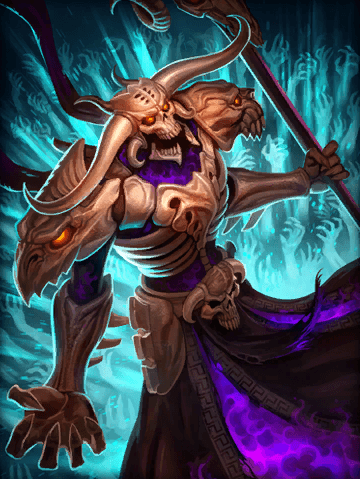
Hades is a Mage that can take a lot of punishment and still survive.
Many of the strongest healers in Smite are Mages. Aphrodite, Chang’e, Hel, Ra, and Baron Samedi are the healing Mages. All of these gods have a spell or two that heals allies. In games where one team has a healer and the other does not, the team with a healer can extend fights by keeping their teams alive and can sustain between fights and engagements. Many players don’t like metas where healers dominate every draft, so anti-heal is kept strong to keep these characters in check. Even still, healing is a great utility and these Mages can win games with their team-wide sustain.
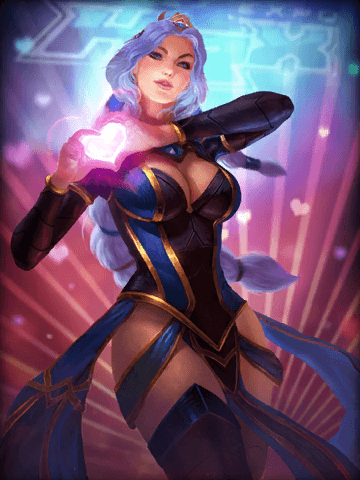
Healers like Aphrodite can win fights by keeping their team healthy.
A couple Mages emulate Hunters and use high attack speeds to shred through opponents with their basic attacks. Sol and Chronos are the best examples of this type of god. Both Mages get power and attack speed from their kits, and further build into those stats with item selections such as Demonic Grip and other Rings. Both Sol and Chronos can deal a lot of damage over time with just their basic attacks and steroids. In addition, both can embrace their Mage roots and deal large damage with their abilities.
Freya used to among the ranks of the magical Hunters, but ever since her rework in the Season 5 mid-season patch, she is more of a burst Mage. Freya is designed around firing one powerful shot at a time. However, with Demonic Grip and enough mana to power Aurora Blade, Freya can deal good DPS with her ranged auto toggle and feel like a Sol or Chronos between her Northern Light spikes.
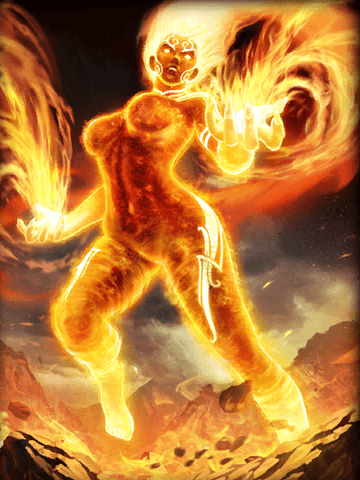
Sol puts out high dps with her basic attacks.
Ao Kuang is the primary Magical Assassin in Smite. Ao Kuang is a played in the jungle and unlike other Mages, he has melee basic attacks. Ao has a stealth ability that lets him wade into a lane undetected. Like Assassins, Ao can jump on a squishy and obliterate them by pressing all of his buttons. Another Assassin-like trait of Ao Kuang is his secondary escape. Ao Kuang is a slippery jungler that mostly brings damage to the late game without too much utility, traits similar to a lot of true Assassins in Smite.

Ao Kuang is one of the few Mages that excel in the jungle.
The Morrigan deserves her own category. She is playable in every Conquest role and had been picked in every position in competitive games in Season 5. Once The Morrigan is able to roam, she can act like an Assassin and 100-0 someone from stealth. The Morrigan’s ultimate, Changeling, is what makes her unique. The Morrigan can transform into any other god in the match, gaining their build and abilities for a limited time. Some Morrigans tunnel their transformations on one selection the entire match while others vary up their Changling choices. Either way, playing The Morrigan requires knowledge of multiple gods and playstyles to be successful.

The Morrigan is one of the most unique gods in Smite.
The Mage class in Smite is very diverse. The class has the most members and Mages fill a large variety of roles and archetypes. Many Mages can flex between different categories depending on how they are played. Burst and control Mages are the most common Mage archetypes and most Mages can fit into one of these roles. Specialized types of Mages include tanky bruisers, healers, basic attackers, and Assassin-like gods. Mages are a major part of Smite and the class' variety allows them to play a multitude of styles on the Battleground of the Gods.
Like our content? Support us by getting our merchandise in our shop
